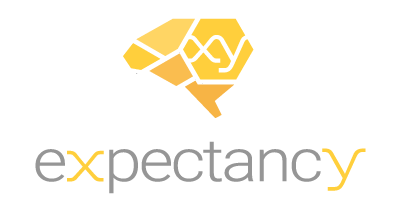A focus on employee development is crucial in getting the most out of your people. In addition to boosting employee morale, creating a culture of continuous learning, and preparing employees for career growth, 7 in 10 people say that training and development opportunities actually influence their decision to stay with a company. This is why it’s so important to articulate the opportunities for growth to every employee with a well thought out individual development plan (IDP).
So, what are the necessary components of an IDP?
Opportunities to Improve in Current Role: Address Skill Gaps and Tools to Bridge Gaps
Skills gaps show up as a lack of the skills or knowledge needed to be successful. Often times, specific skill gaps are identified by gathering data regarding key performance indicators, employee assessments, and reviews. As a leader, it’s your job to gather this data, regularly assess your employees, and give positive feedback and constructive criticism when needed. Detailed potential actions for filling those gaps should be outlined near the beginning of an IDP so the employee can focus on enhancing the skills related to their current role before those associated with potential future roles. An example of an identified skills gap with opportunities for growth might look something like this:
A designer has adopted a maximalist style of design, with very bold patterns, colors, and textures, but a new client is requesting that all their work be designed in a minimalist style. Due to the designer’s lack of range, she has a skill gap and needs to be given opportunities to hone other styles in order to meet the needs of the client.
Opportunities to Expand Capabilities: Provide Additional Learning Opportunities
It’s important for an IDP to include opportunities for learning and development outside of what’s related to an employee’s current role. This gives the employee a sense of ownership over their own development, while also increasing curiosity and the desire to continue learning. These opportunities should reflect the individual’s interest and might include learning a new skill, taking a course, or attending a workshop! For example:
A designer has all the skills she needs to be successful but wants to learn skills associated with web development to become a more well-rounded professional. Offering this individual a coding course gives them the opportunity to continue growing even though they are already meeting their performance requirements.
Opportunities to Grow: Outline Development Opportunities for Potential Roles
The opportunity for career growth is a huge motivating factor for many employees. This doesn’t always mean a promotion; some employees just want to make a transition into a job role they are more interested in. By identifying the necessary skills and experiences needed to qualify for other positions, employees are encouraged to grow beyond what is expected of them, while also filling your organization’s talent pipeline with valuable top performers. As an example:
A top-performing designer loves the work she does but envisions herself leading the design team one day. By offering this individual leadership training and the opportunity to manage team projects, she is motivated to stay with the organization and her leaders are able to gauge whether or not she would be a good fit for a manager position.
While individual development plans help increase overall productivity, they also serve as an organizational tool to help employees reach their own personal goals, stay motivated at work, and grow as professionals. For more information regarding the best way to deliver learning and develop your people, check out our blog on supporting a culture of continuous learning.


